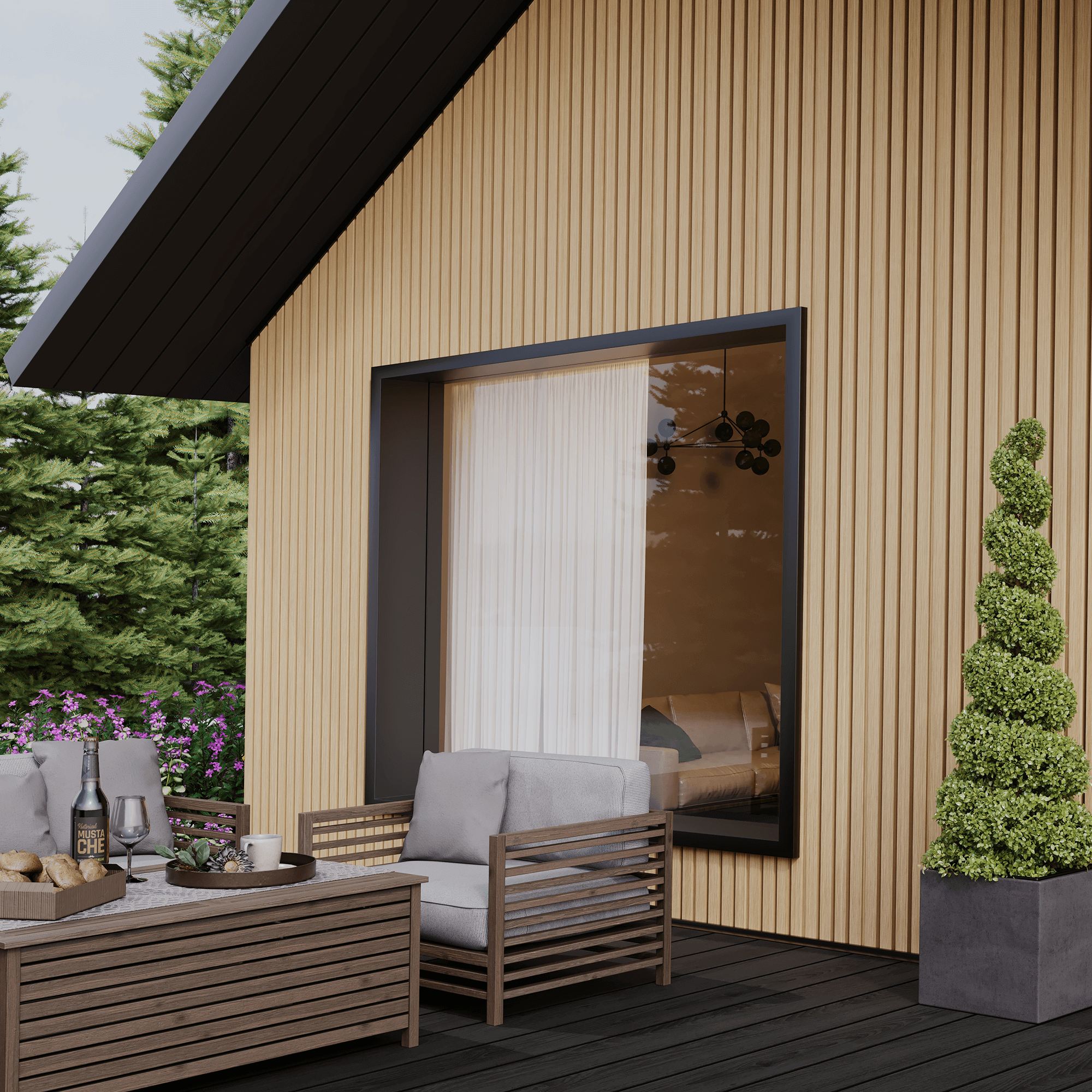
Do You Need Planning Permission for Cladding?
If you’re considering installing cladding on your home or in the garden, you’ve probably asked the question, ‘Do you need
Products in Stock
Lowest Prices
Express Delivery
10-Year Warranty
December Sale. Up To 15% Off.
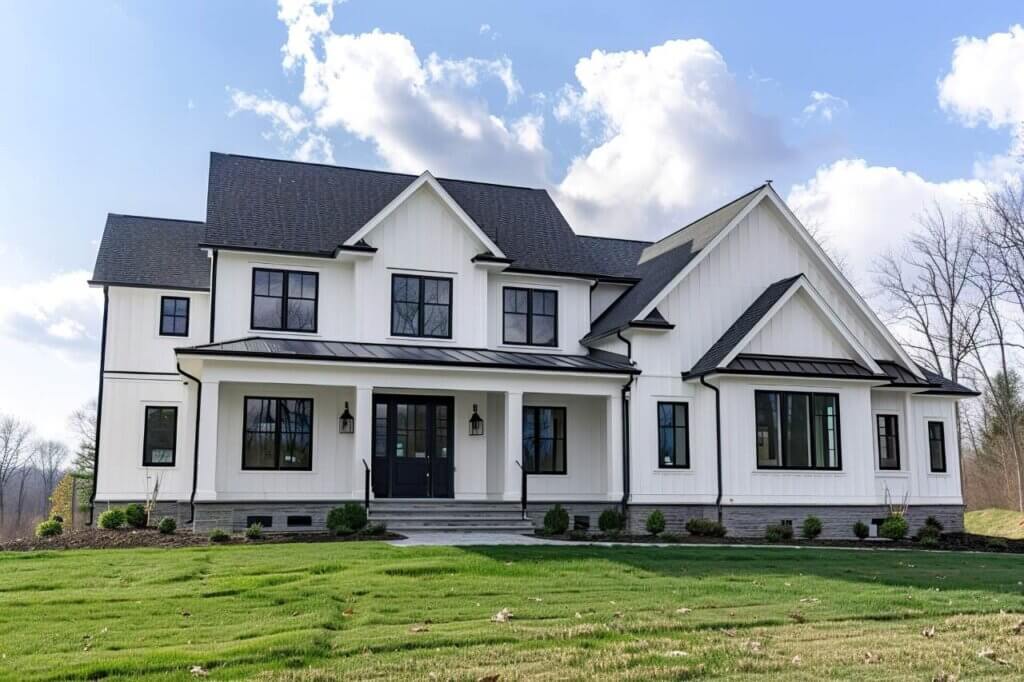
Transforming your home’s exterior isn’t just about aesthetics – it’s an investment in protection and value. And if you’re stuck between cladding and rendering but still not sure what to go for, that’s perfectly normal.
After all, these two popular options each bring something unique to the table, and what works for the Georgian townhouse down the road might not suit your 1970s semi. Let’s break down what each option actually involves, where they shine, and where they fall short.
Simply put, cladding means attaching a new skin to your existing walls. Think of it as putting a protective jacket on your house – one that can completely transform its appearance while adding an extra layer of defence against whatever the British weather throws at it.
You won’t be short of options either. From the warm, natural appeal of timber to sleek metal panels or even stone veneers, the variety is impressive. Each material brings its own character, lifespan and maintenance needs to consider. All of the different types of cladding to choose from can be overwhelming at first, but this variety means you’ll almost certainly find something that works for your property’s style and your personal taste.
Good cladding systems create a robust barrier that keeps rain from penetrating your walls and protects against wind damage and harsh UV rays that can degrade building materials over time.
Many modern cladding installations include an insulation layer that can significantly improve your home’s thermal performance – potentially knocking a few quid off those ever-rising energy bills.
Living near a busy road? Cladding adds mass to your exterior walls, which can help muffle traffic noise and other outside disturbances.
Rendering involves applying a wet mixture directly onto your exterior walls that then hardens to form a protective shell. Traditional sand and cement renders have been around for centuries, but modern versions have come a long way.
Today’s renders often include acrylic or silicone additives that improve flexibility and water resistance. Many come pre-coloured, sparing you the hassle and expense of painting afterwards. These contemporary options can transform a tired-looking property into something that looks brand new – often for less than you might expect.
Quality modern renders repel rainwater while still allowing your walls to breathe – preventing the dreaded damp problems that plague many UK homes.
Especially with silicone-based renders, you’ll find that rain does most of the cleaning work for you, washing away dirt before it can settle in.
Unlike paint, which can quickly look tired and faded, good quality coloured renders maintain their appearance for years, even when facing the harsh British summer sun (when we get one).
The key distinction lies in how they’re applied and what they do to your wall structure. Rendering becomes one with your wall – a direct coating that’s essentially bonded to the bricks or blocks beneath. Cladding, however, is fixed to your wall with a gap in between.
This seemingly small difference actually changes everything about how they perform. A rendered wall is a single unit, while a clad wall is a system with multiple layers that can include ventilation and extra insulation. This affects everything from how they handle moisture to how they insulate your home.
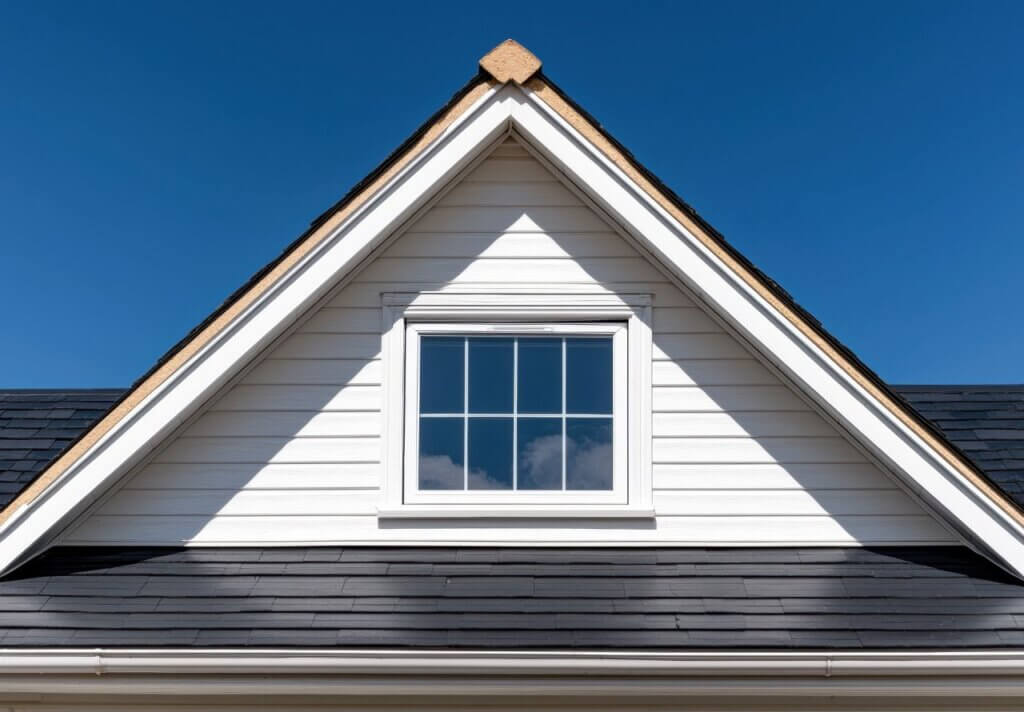
Let’s be honest about what cladding does well and where it might not be your best bet.
Whether you want the rustic charm of timber, the industrial chic of metal, or something completely different, cladding delivers. When you shop outdoor wall coverings, you’ll see options that can dramatically alter your home’s character – from subtle and traditional to bold and contemporary.
Most cladding systems go up relatively quickly compared to traditional rendering, meaning less time with scaffolding obscuring your windows.
Damage a panel? No worries. Most cladding systems allow for individual sections to be replaced without having to redo the entire wall.
There’s no getting around it – quality cladding often costs more upfront than rendering, especially for premium materials like cedar or zinc.
Some cladding types (particularly timber) need regular attention to keep them looking good and functioning properly. If weekend maintenance isn’t your thing, some options might not suit you.
If you live in a conservation area or a listed building, your cladding choices could be limited by planning restrictions.
Rendering has stood the test of time for good reason, but it’s not perfect for every situation.
Rendering creates a continuous surface without joints or seams – perfect if you’re after that clean, contemporary look.
When properly applied, modern renders create an excellent barrier against rain and harsh weather, protecting the structure beneath.
Generally speaking, you’ll spend less initially on rendering than on many cladding options, making it accessible for most home improvement budgets.
Traditional rendering involves multiple coats with drying time between – potentially stretching your project timeline into weeks rather than days.
Houses move slightly over time, and less flexible renders can develop cracks that let water in if not addressed promptly.
Once rendered, repairs to damaged sections often remain visible unless you redo the entire wall – a bit like trying to touch up just one section of painted wall.
This is where things get personal – what’s right for you depends on several factors only you can weigh up.
Living on the exposed west coast with driving rain? Modern cladding systems with proper ventilation might handle that better than some renders.
Consider not just today’s installation costs but tomorrow’s maintenance expenses when making your choice.
A Victorian terrace might look odd with ultra-modern metal cladding, while rendering might be perfect. Conversely, a contemporary self-build could shine with sleek cladding panels.
There’s no universal “better” option between cladding and rendering – just what’s better for your specific circumstances. Cladding typically offers more design flexibility and often better insulation, while rendering provides that clean, unified look often at a lower initial price point.
Think beyond the immediate transformation to consider long-term upkeep, performance in your local climate, and how each option complements your property’s existing character. Getting expert advice tailored to your specific building is always worth the effort.
Whatever you choose, remember that quality materials and proper installation trump everything else.
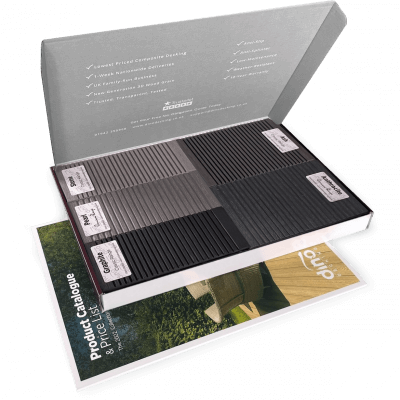
Our sample pack contains a sample piece of each colour currently available. Order your free sample pack today to compare the colours and get a true feeling of the Dino Decking range!

If you’re considering installing cladding on your home or in the garden, you’ve probably asked the question, ‘Do you need
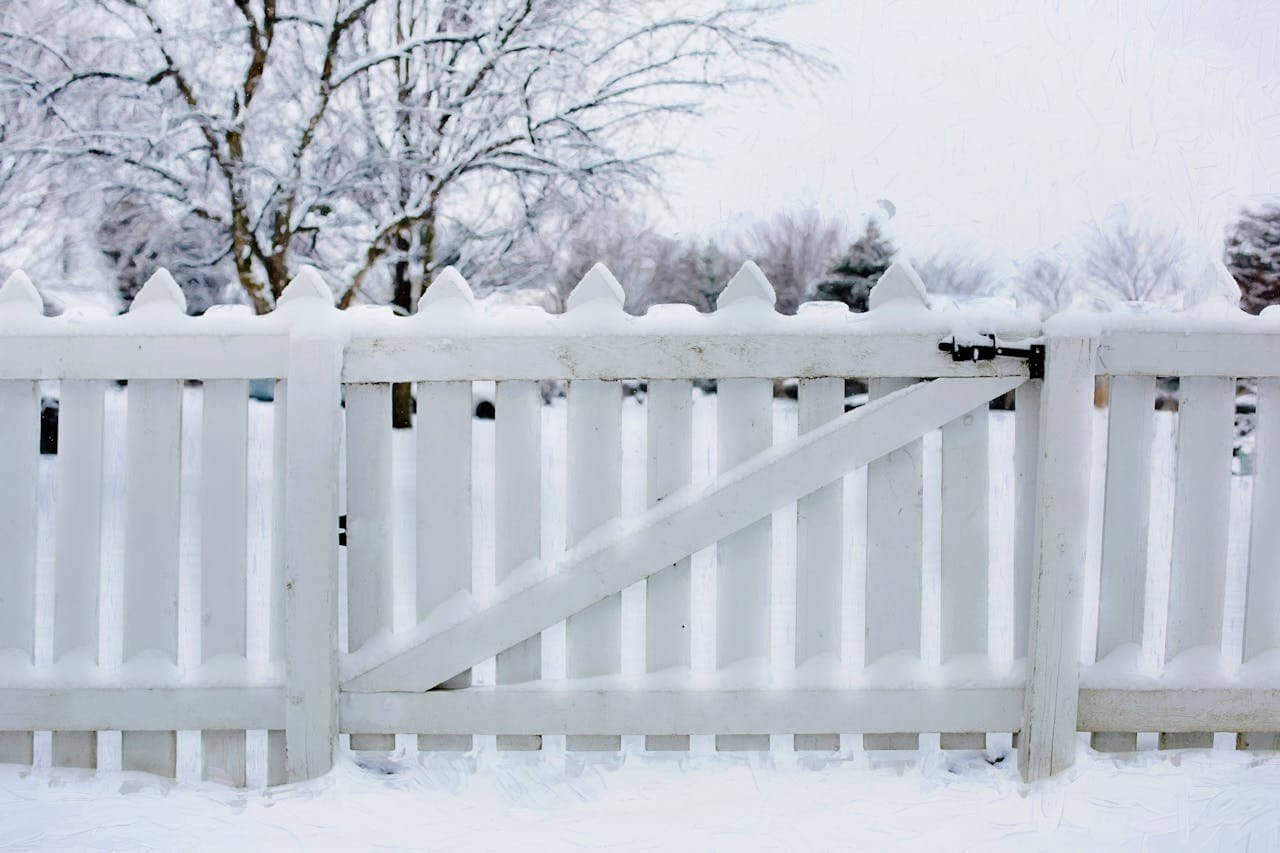
If you’re looking to go all out this festive season, you might be looking for some fantastic Christmas garden ideas